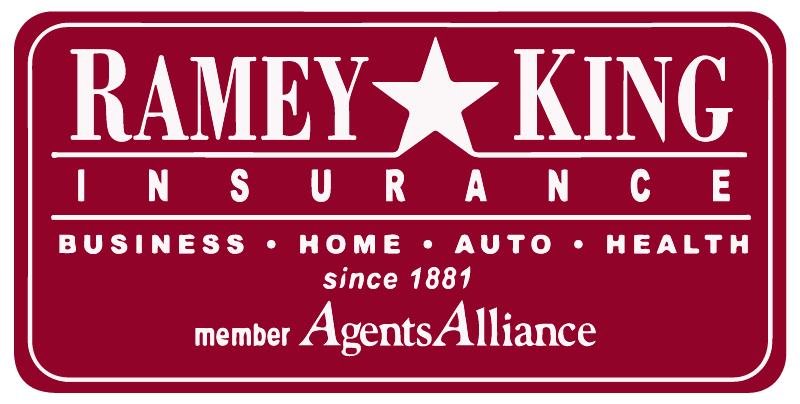
Given the recent storms that hit Denton, coupled with the fact we’re in the thick of our severe weather season, Ramey King wanted to provide a quick overview for how you determine hail damage and what to do. Many times, you have coverage for hail damage under your property insurance. Nevertheless, here’s some information we hope you find helpful if you’re caught in a nasty storm.
- Damage can occur to both a roof as well as other parts of the building. First, start by determining what you see on the ground and around the building. Take note of how large the hail was. Most of the time, it takes hail of at least one inch in diameter to create actual damage. However, a roof in poor condition can be damaged by lesser sized hail.
- Check the sides of a building and your windows for evidence of damage.
- Carefully check out your roof or hire a professional to inspect. Hail damage will look random in nature. If there’s a pattern to the damage, it might not be hail. Check your gutters and siding for evidence of damage as well, as hail can greatly impact them.
- If you spot hail damage of any kind, contact your insurance agent to have an adjuster come check your roof. You can also have a competent roofer to help inspect the roof as well.
- If the roof has obvious openings, take care and place protective measures to ensure water does not leak into your house. Your insurance company may pay for this and it might help limit your overall claim.
- Be mindful of your deductible on your policy before a claim is reported.
We hope you found this information helpful! If you’re concerned you were impacted by the recent storms, or are curious about your coverage for future storms, please contact a Ramey King agent today!



